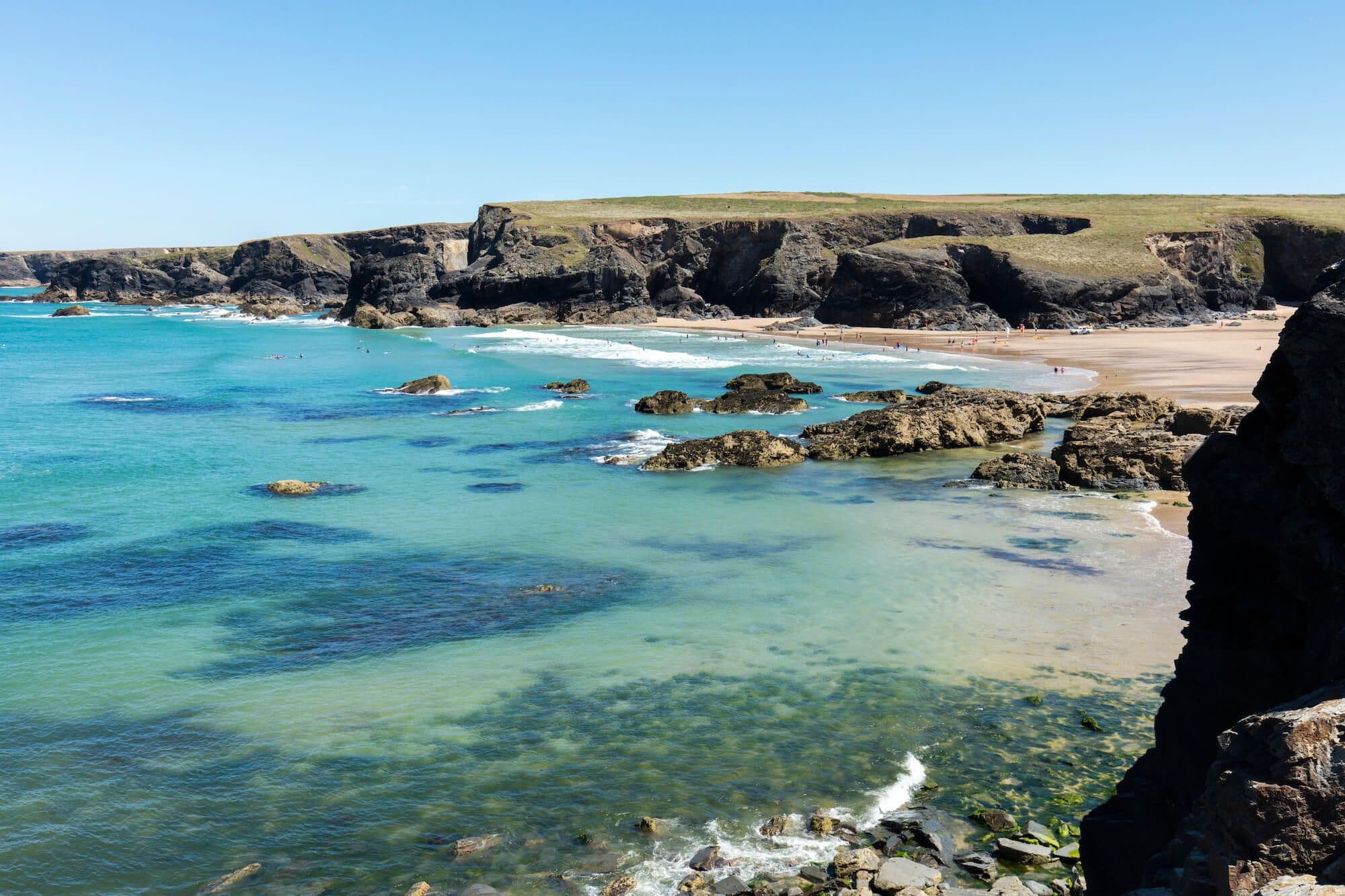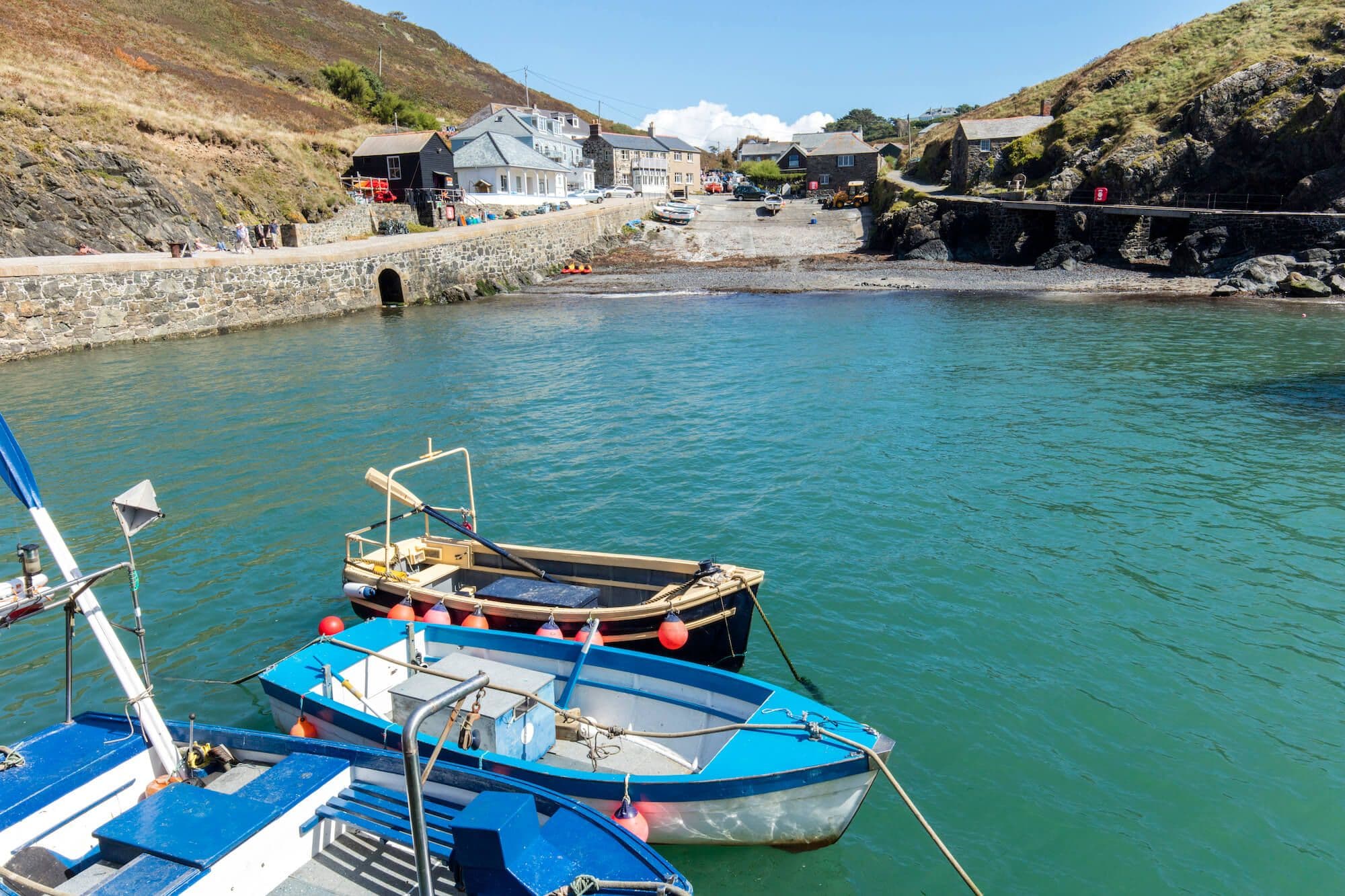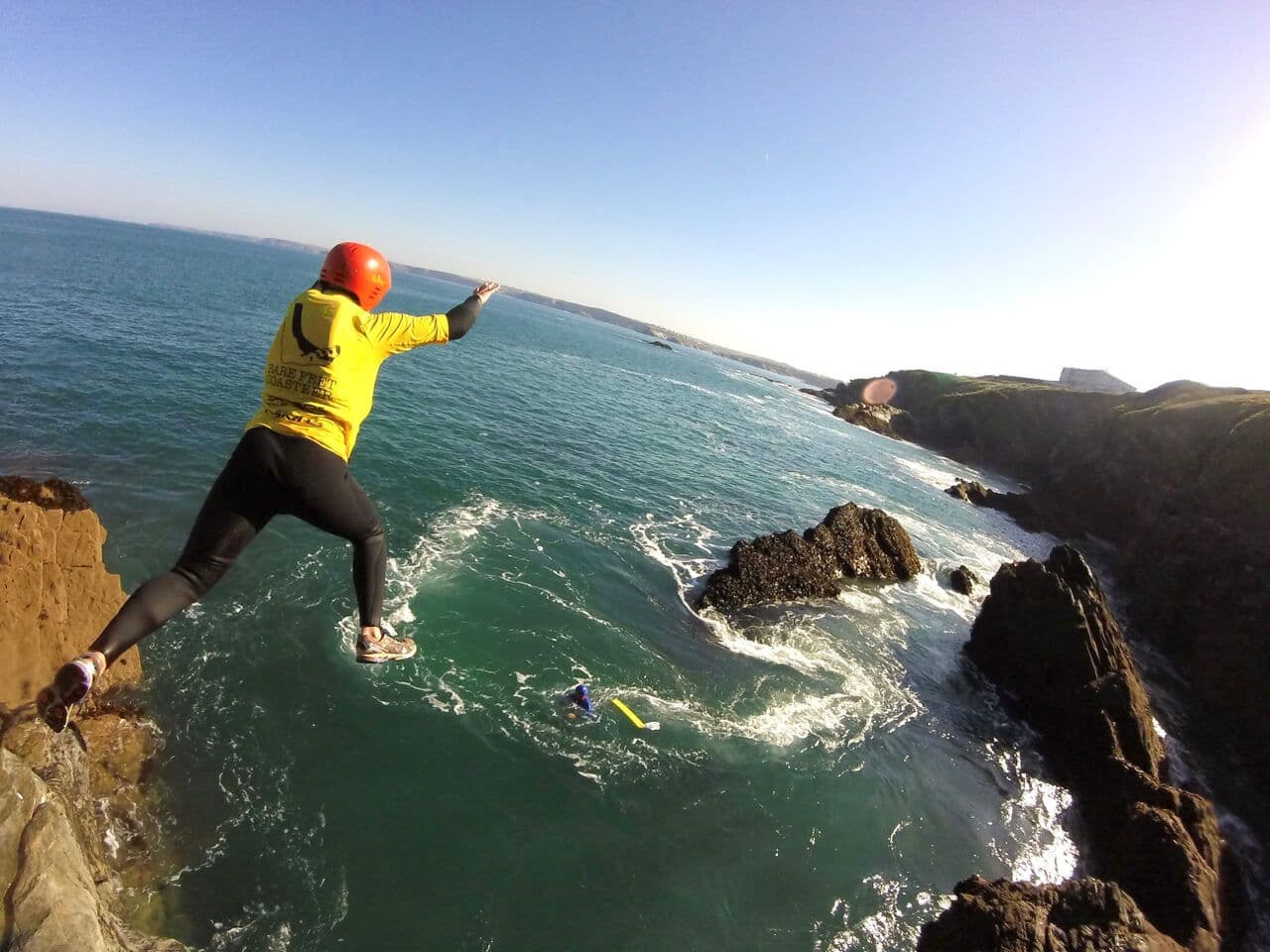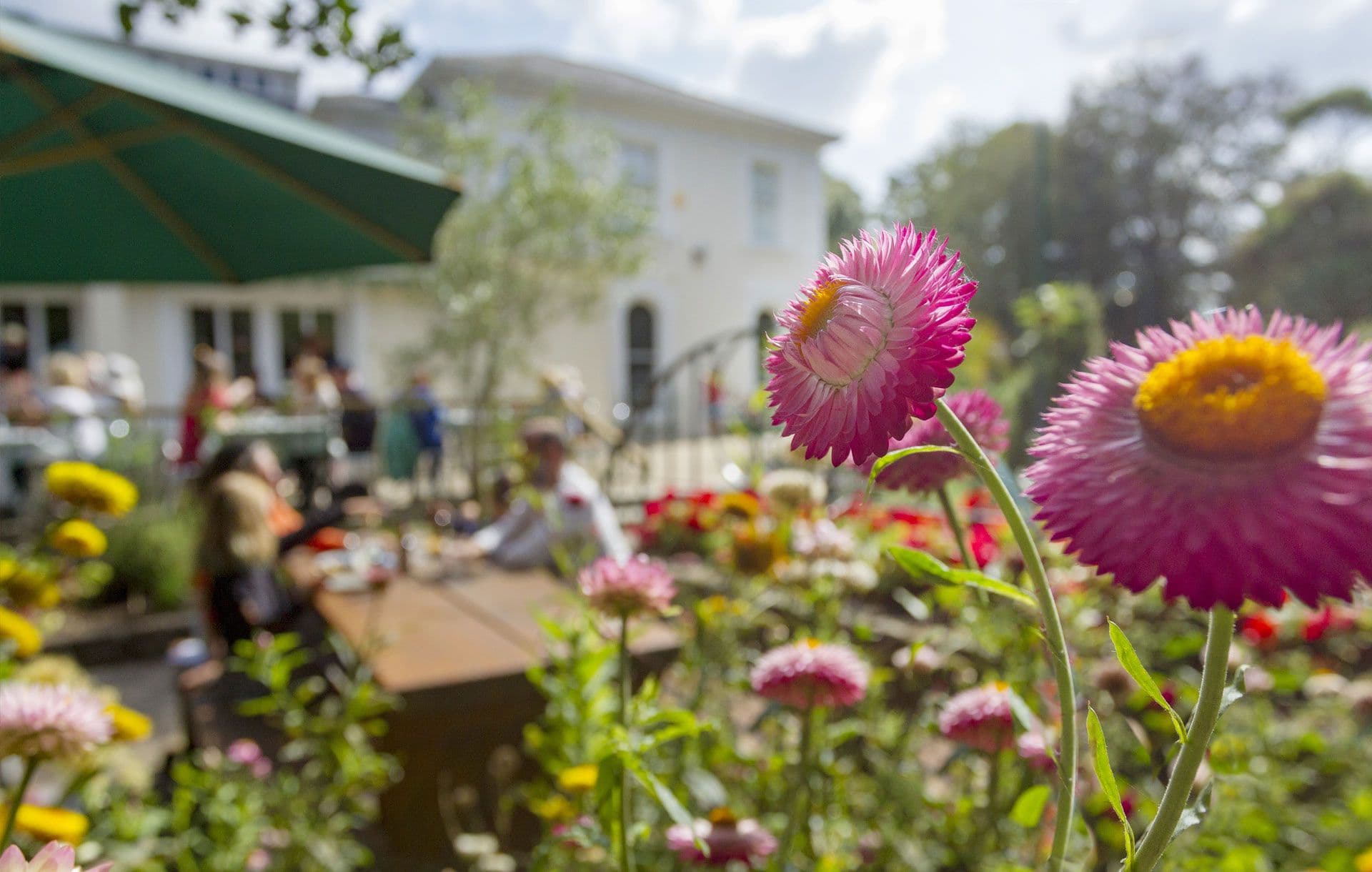The Great Flat Lode Trail
The Great Flat Lode Trail is a 7.5 mile (12km) multi-use route that encircles Carn Brea, the hill that overlooks the former industrial towns of Redruth and Camborne, in central Cornwall. The route leads you through a mixture of farmland and moorland on both unsurfaced paths and some minor roads.
The name comes from the fact that in the 1860s, when many of Cornwall mines that had been mining copper were closing, tin was discovered to the south of Carn Brea. In Cornwall, minerals are found underground in ‘lodes’ just as coal is found in a seam. This lode of tin was eventually found to be two miles long, and was flatter than most, lying at an angle of about 30 degrees instead of the usual 70 degrees from the horizontal, hence its name, the “Great Flat Lode”.
Along the route you will pass by the remains of many of the building associated with the mining, from the large engine houses with their tall chimneys, to other buildings such as the miners dry at South Wheal Francis, where the miners could take a bath after returning ‘to grass’ after their shift 100’s of feet below ground.
Many of these mines have now been closed for over 100 years, but at the King Edward Mine you can still visit a mine that was working up until 2005, albeit as a training mine. The museum here still has its original equipment in working order and tells the story of hard rock mining in Cornwall.
The route can be accessed at several places, but we recommend King Edward Mine where there’s ample car parking and refreshments available.
Points of Interest along the way:
The trail follows part of the line of the Basset Mine Tramway, built to carry the ore from the mines to the crushing machines at Wheal Basset Stamps. The Bassett family were rich mine and landowners in the area and the obelisk on top of Carn Brea was built to honour Francis Bassett, Lord de Dunstanville in 1836.
Carn Brea, the site of a Neolithic hill settlement, can be climbed for superb panoramic views including out to the north coast. Prehistoric hut circles can be seen, as can the ‘Cup and Saucer Rock’. The ‘Castle’ on the eastern end has, for many years, been a restaurant.
South Wheal Frances Mine, one of the best-preserved mining complexes to be found in Cornwall. Here you can not only see the large engine house (which housed a very unusual engine) but also the miners dry and an ore shoot.
King Edward Mine Museum, also known as South Condurrow Mine, started life in the mid 1800s. In 1897 it became the training mine for the Camborne School of Mines, a role that continued until 2005. Here you will be able to find out information about all of the mines in the area.
Please be aware that many of the mining remains you see on the walk are on private land. Some are unstable and even though most shafts have now been covered over, there is always the chance that an unknown one may open up at any time! Please keep to paths.
- Redruth
Contact

Your weekly dose of Cornish cheer!
When you can’t be in your favourite place all the time, catch up on the latest stories, upcoming events, holiday ideas, and offers with a newsletter straight to your inbox. Terms and Conditions / GDPR compliance: by providing personally identifiable information Visit Cornwall will use it to provide you with ongoing information about their products and services. No one from Visit Cornwall will rent, sell or lease this personally identifiable information to other companies or individuals.
Stay connected
Find us on socials and stay connected with the Cornwall you love.
We use cookies to personalise content and ads and to analyse our traffic. You consent to our cookies if you continue to use our website. (Privacy Policy)




